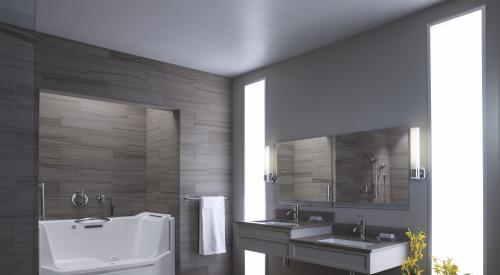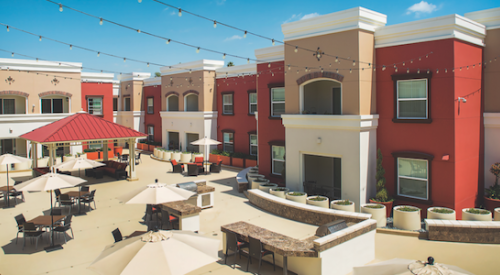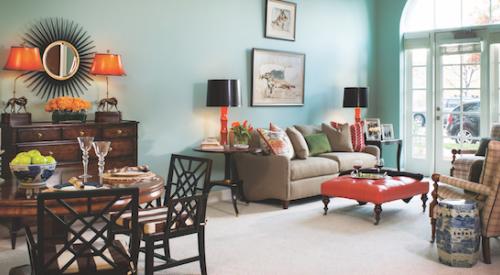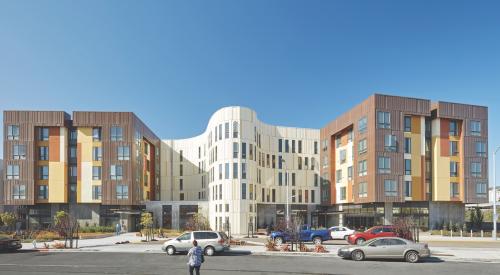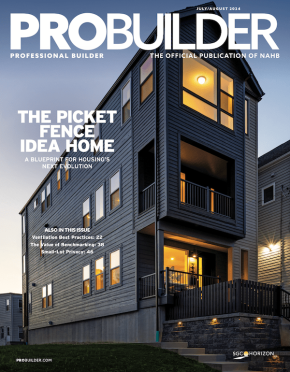Designing for an aging population is not all about grab bars and no-step entries: Builders must also learn how to integrate seniors into the community and educate potential buyers on what options are available to them. Using positive language that empowers older buyers and designing developments to encourage intergenerational interactions are key, and if builders are able to master these skills, they will have an advantage—34 percent of the population will be over 65 by 2038.
At 75 million strong, baby boomers have been a compelling force within the housing market. Given the sheer size of this demographic, as well as their wealth, this generation has the ability to dictate changes in the market — and hopefully will, as they continue to age and desire different features and amenities in their homes, to promote more inclusive design elements.
According to the most recent Housing America’s Older Adults report by the Harvard Joint Center for Housing Studies, those 65 and older will jump from 26% of the population to 34% percent in 2038, with the fastest-growing age group among them in the 80+ category. However, the report notes that they’re less likely to move, with only 3.6% of individuals aged 65-79 — compared to 13.6% of those under 50 — relocating in 2017-2018, more than half of which relocated within the same county.
This indicates a desire to age in place within their existing communities. But very few homes incorporate the necessary accessibility features for them to do so; according to the latest data available, just 3.5% of all U.S. homes included features such as grab-bars or handrails in the bathroom, extra-wide hallways and doors, and a bedroom on the entry level.

